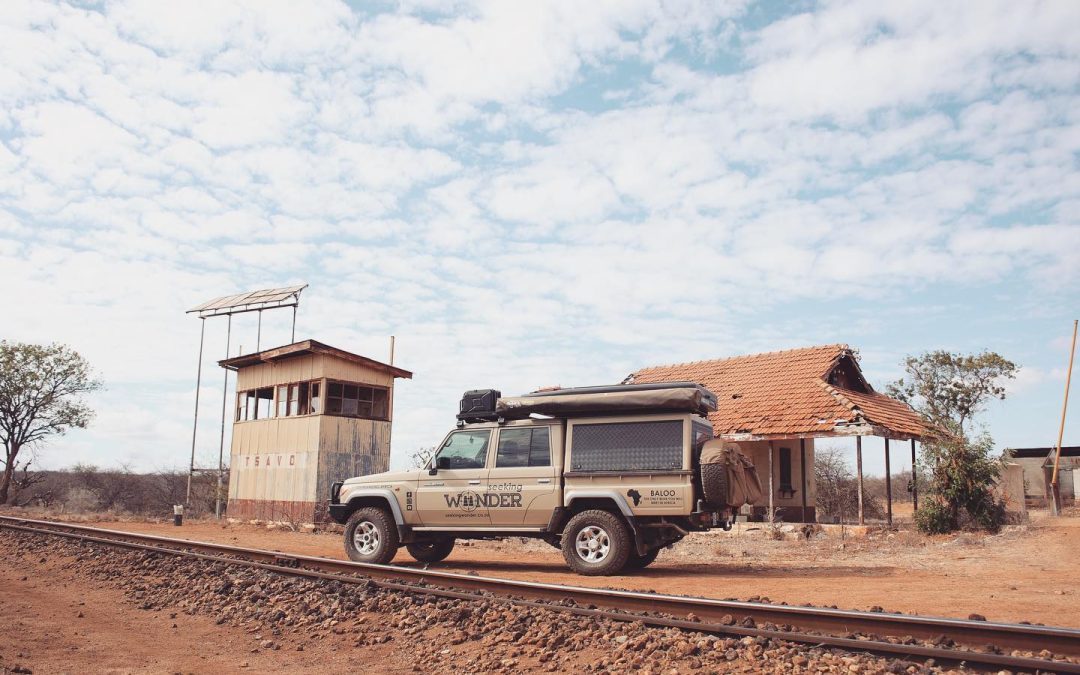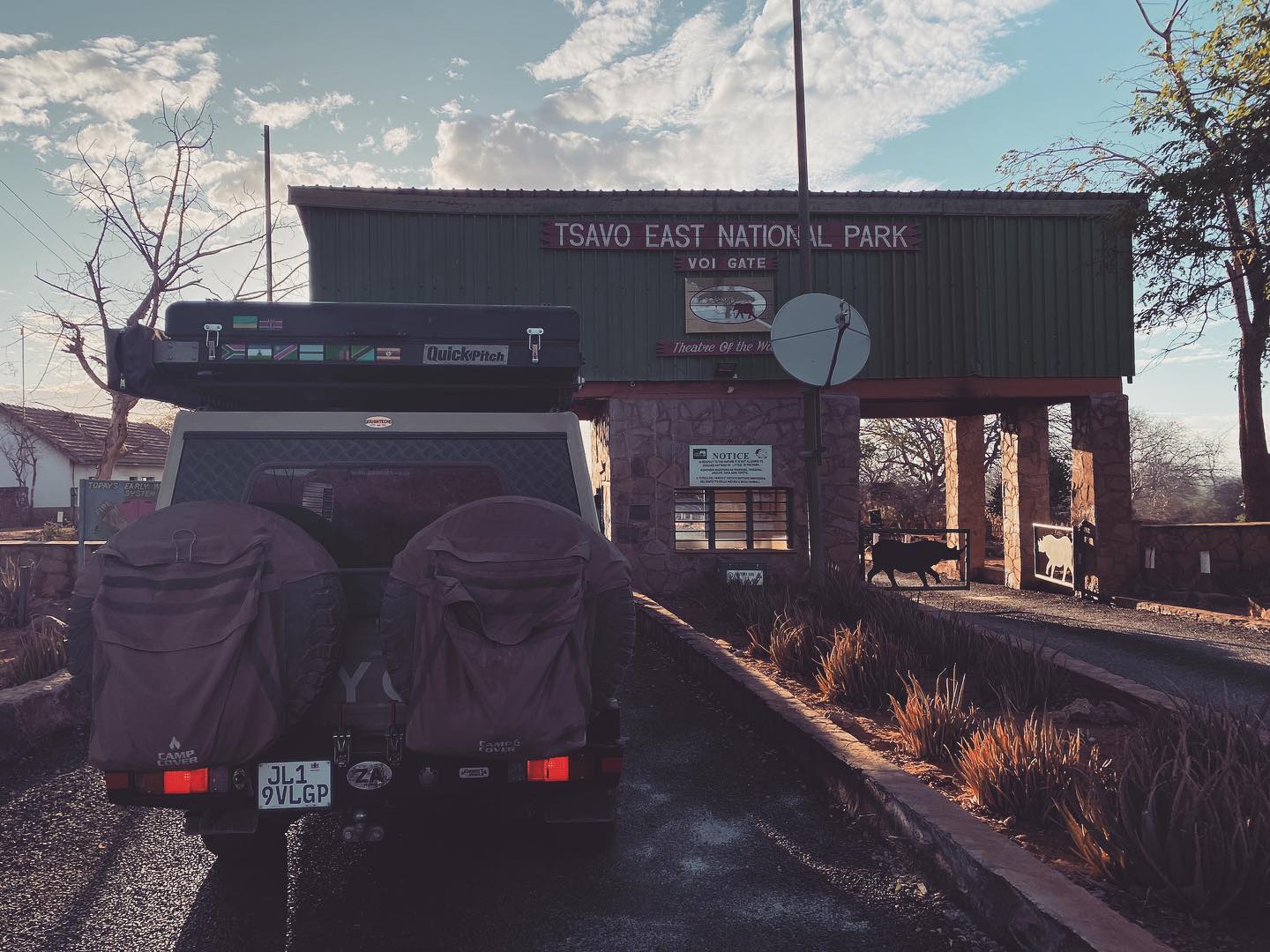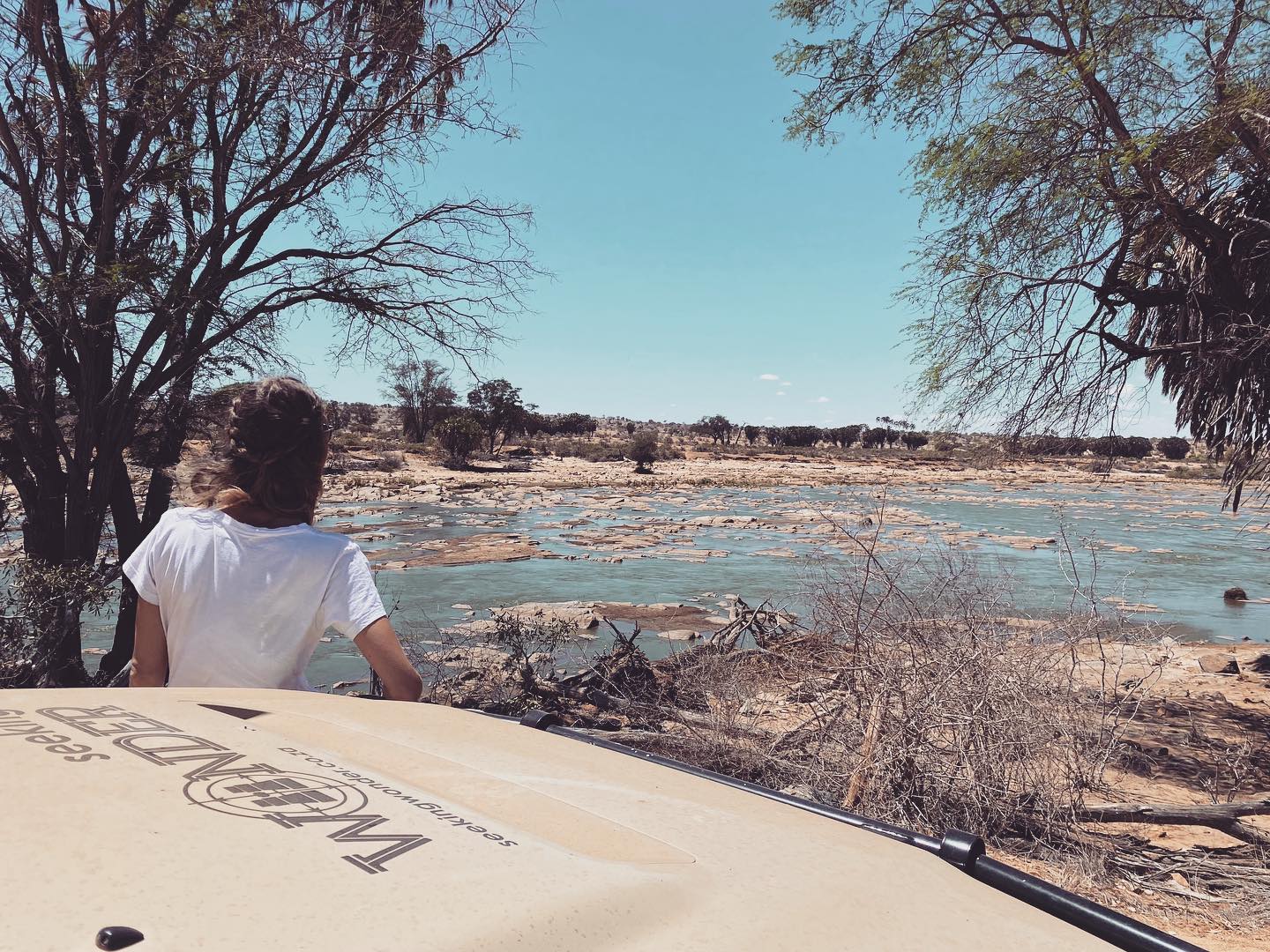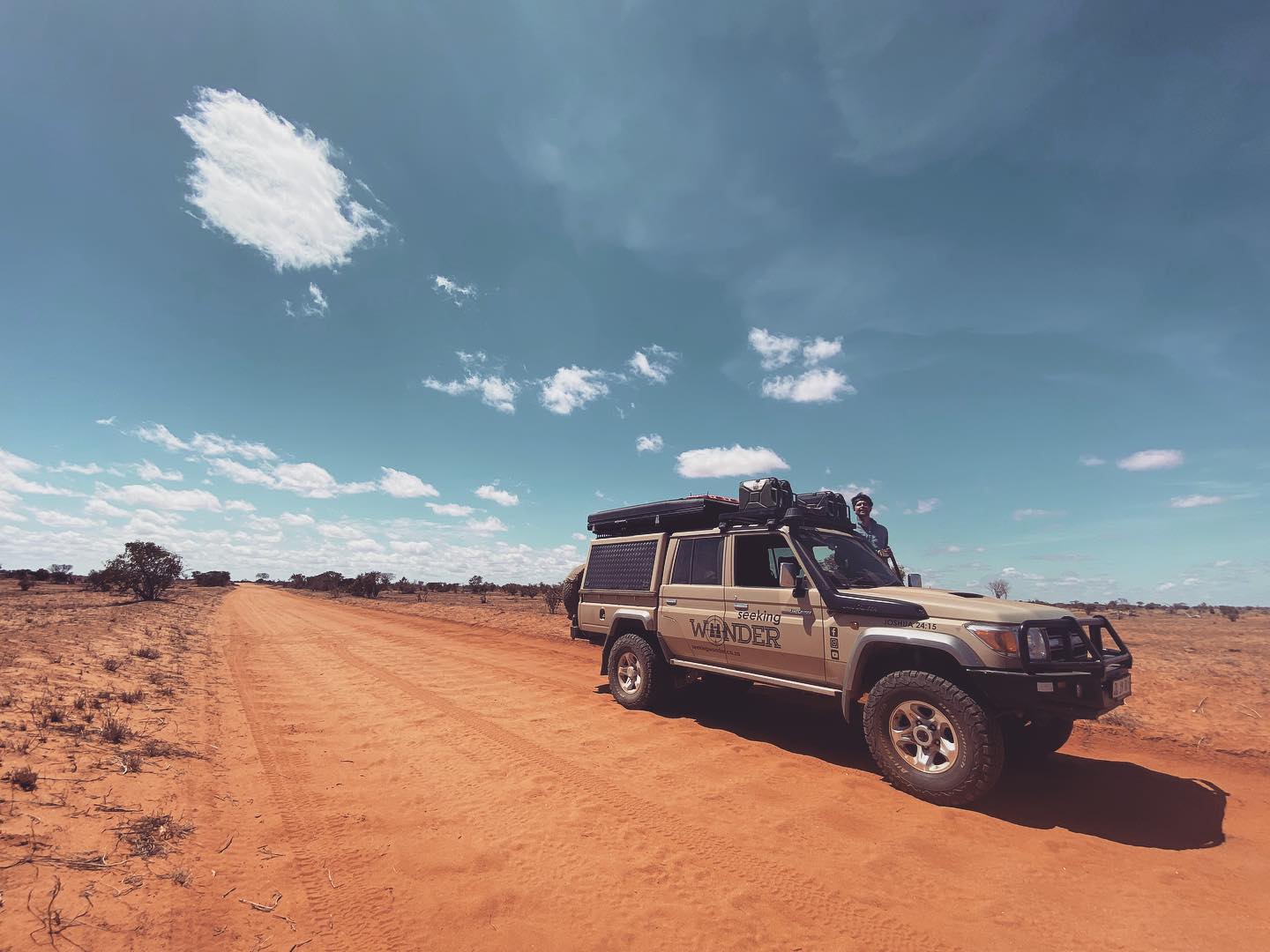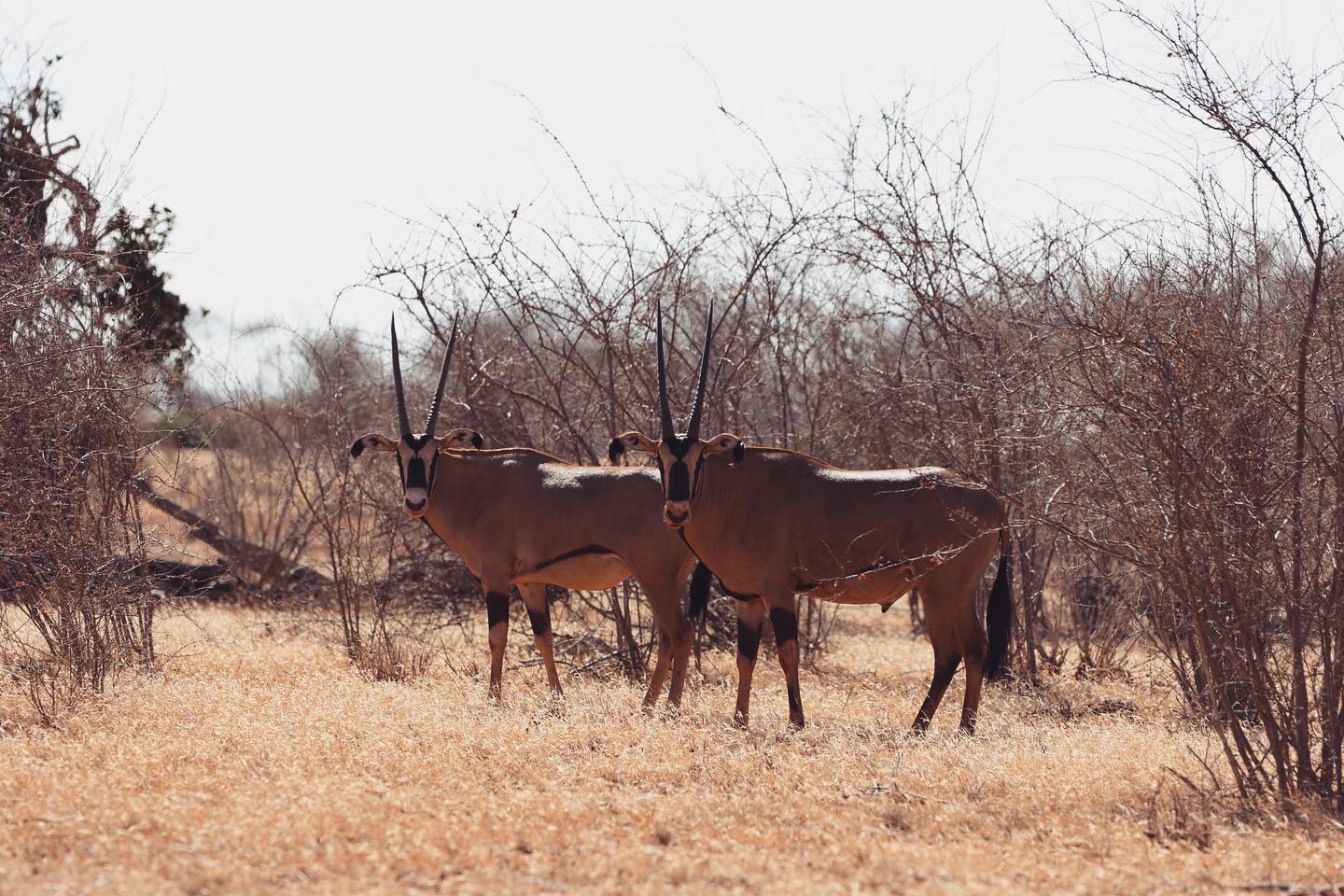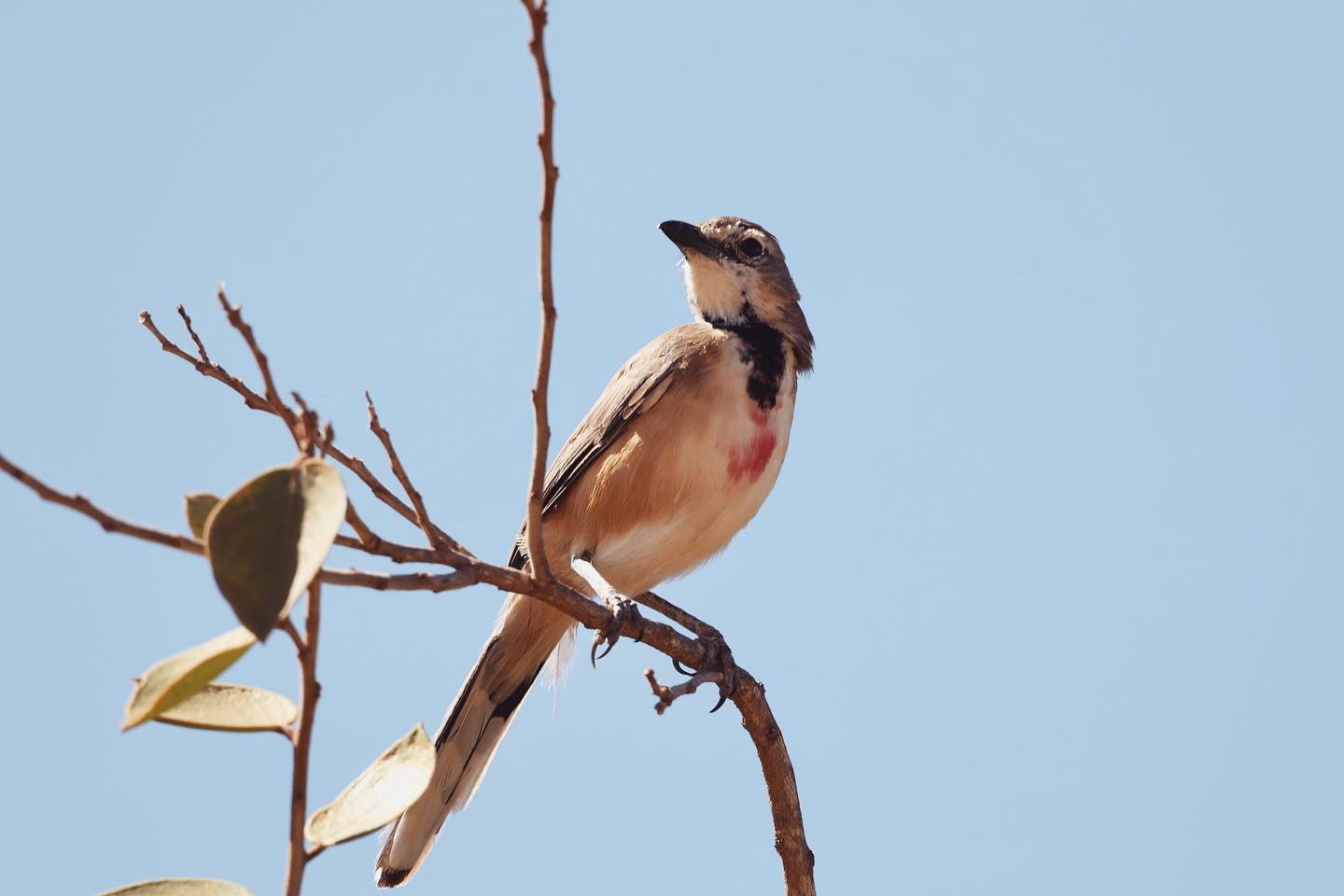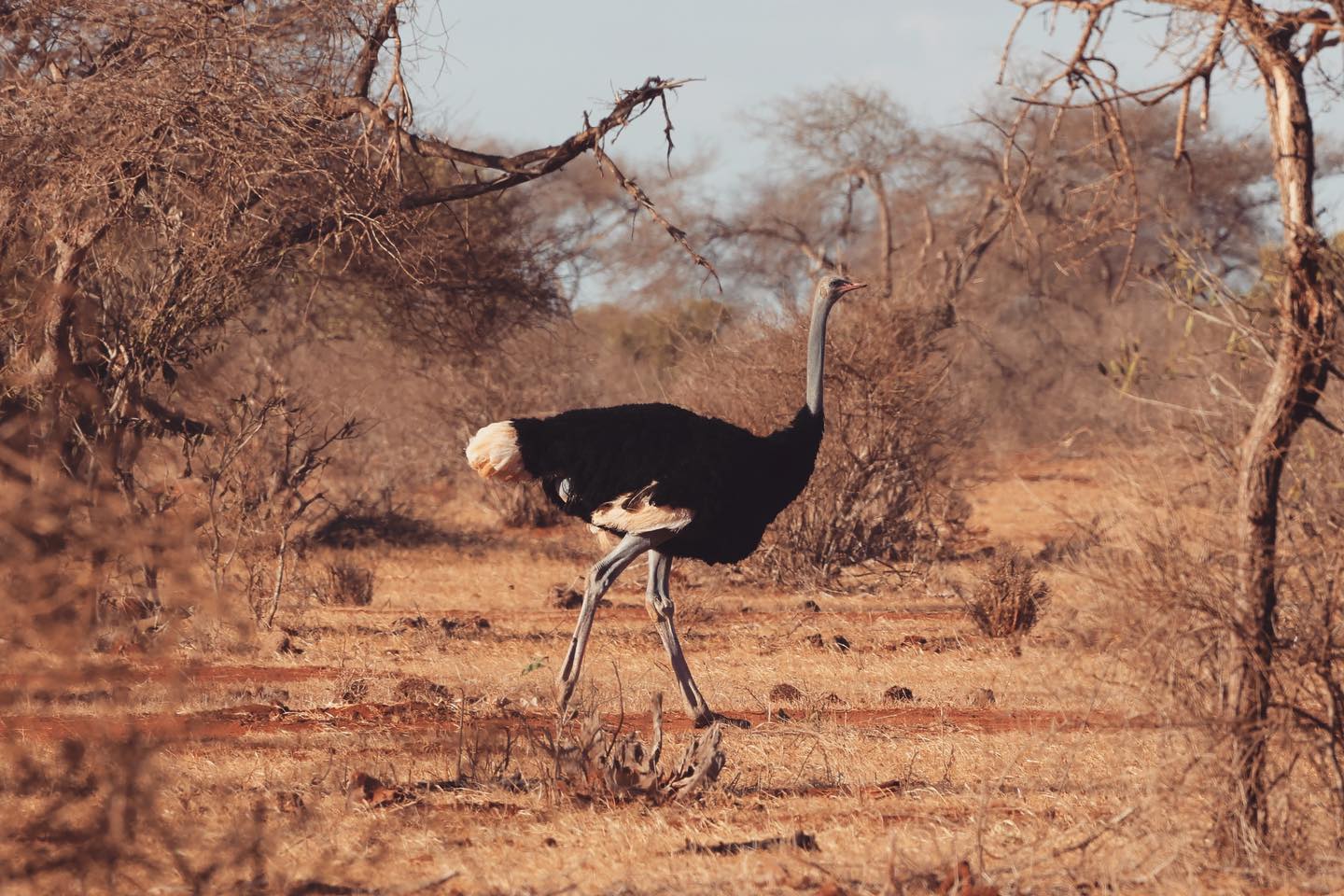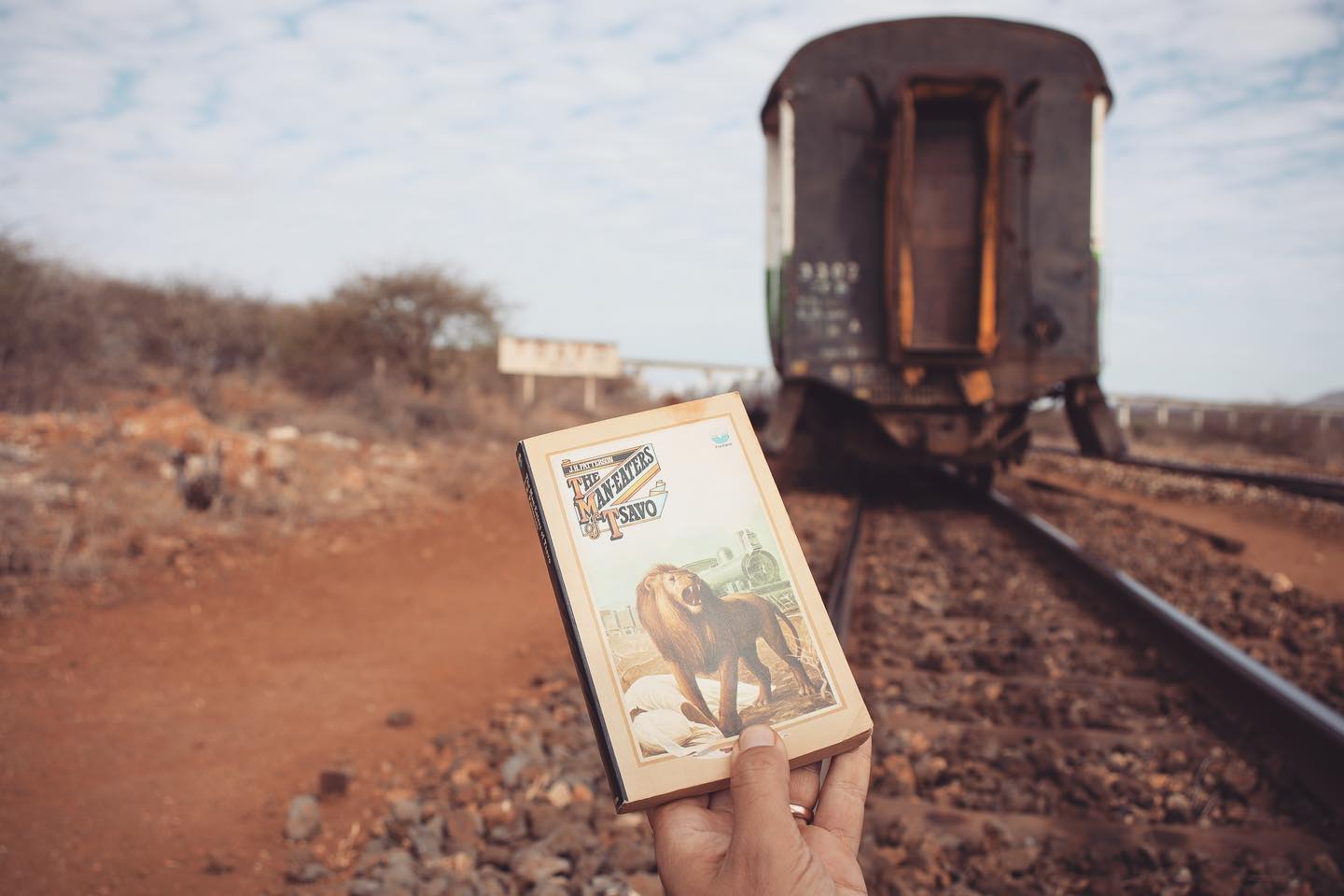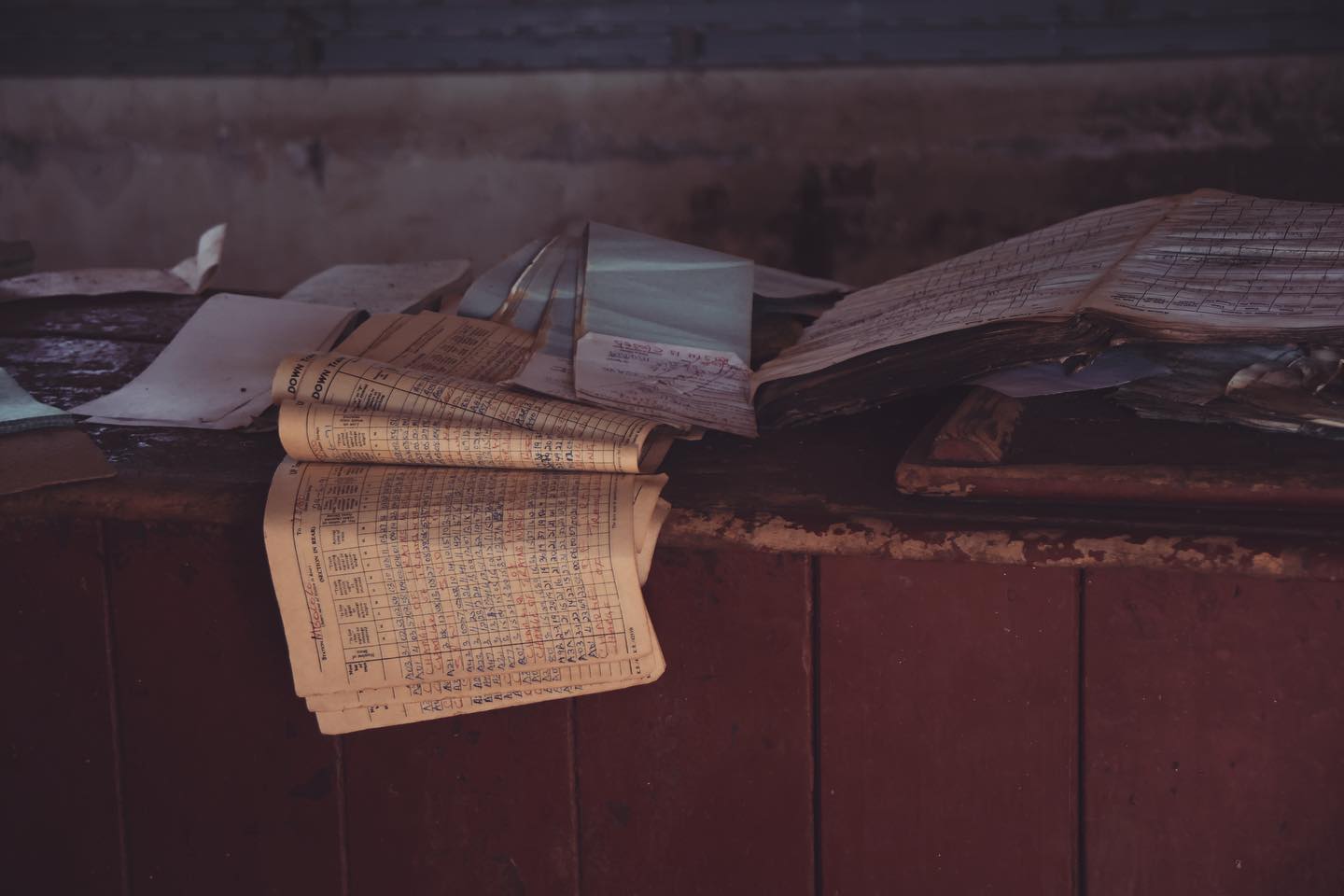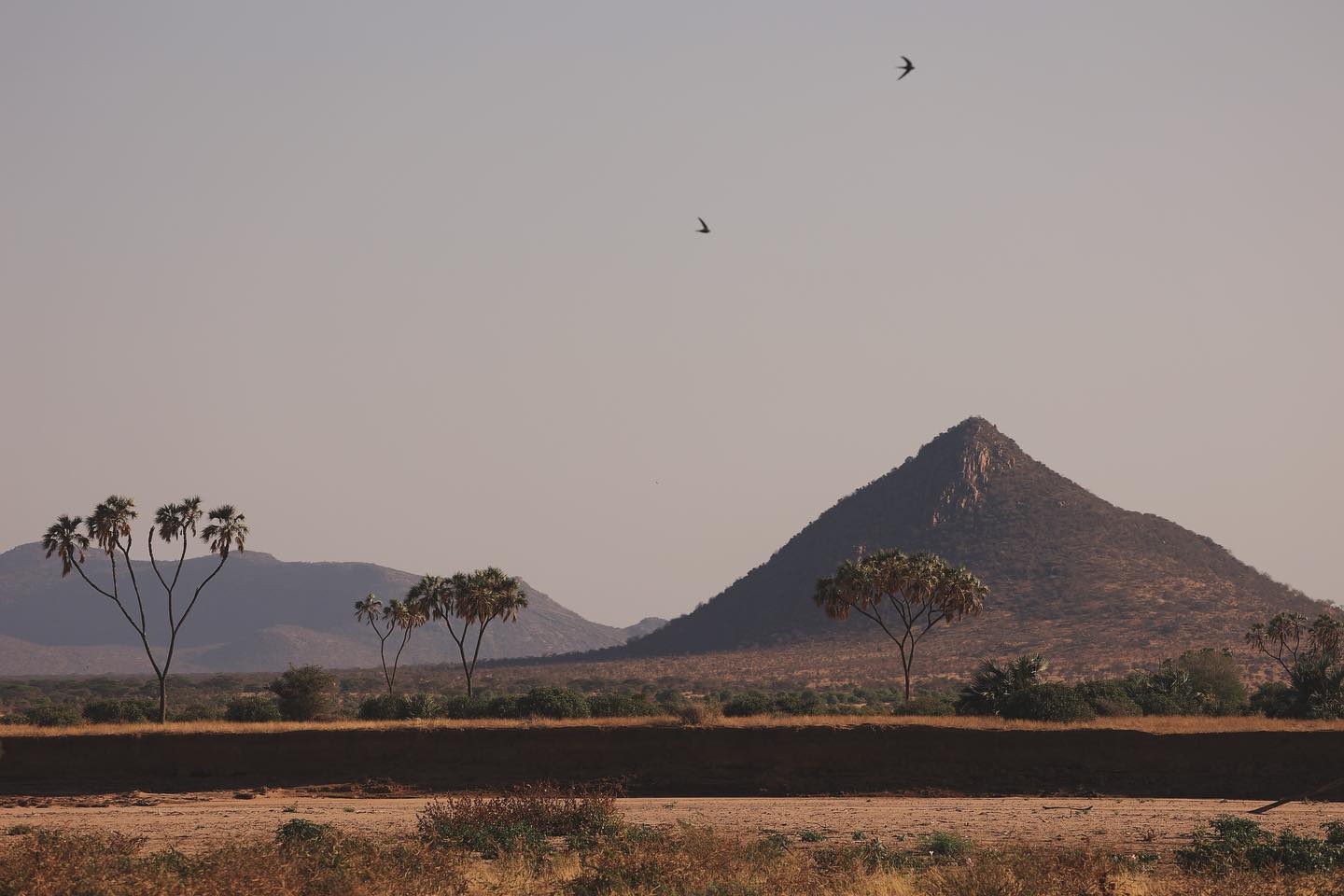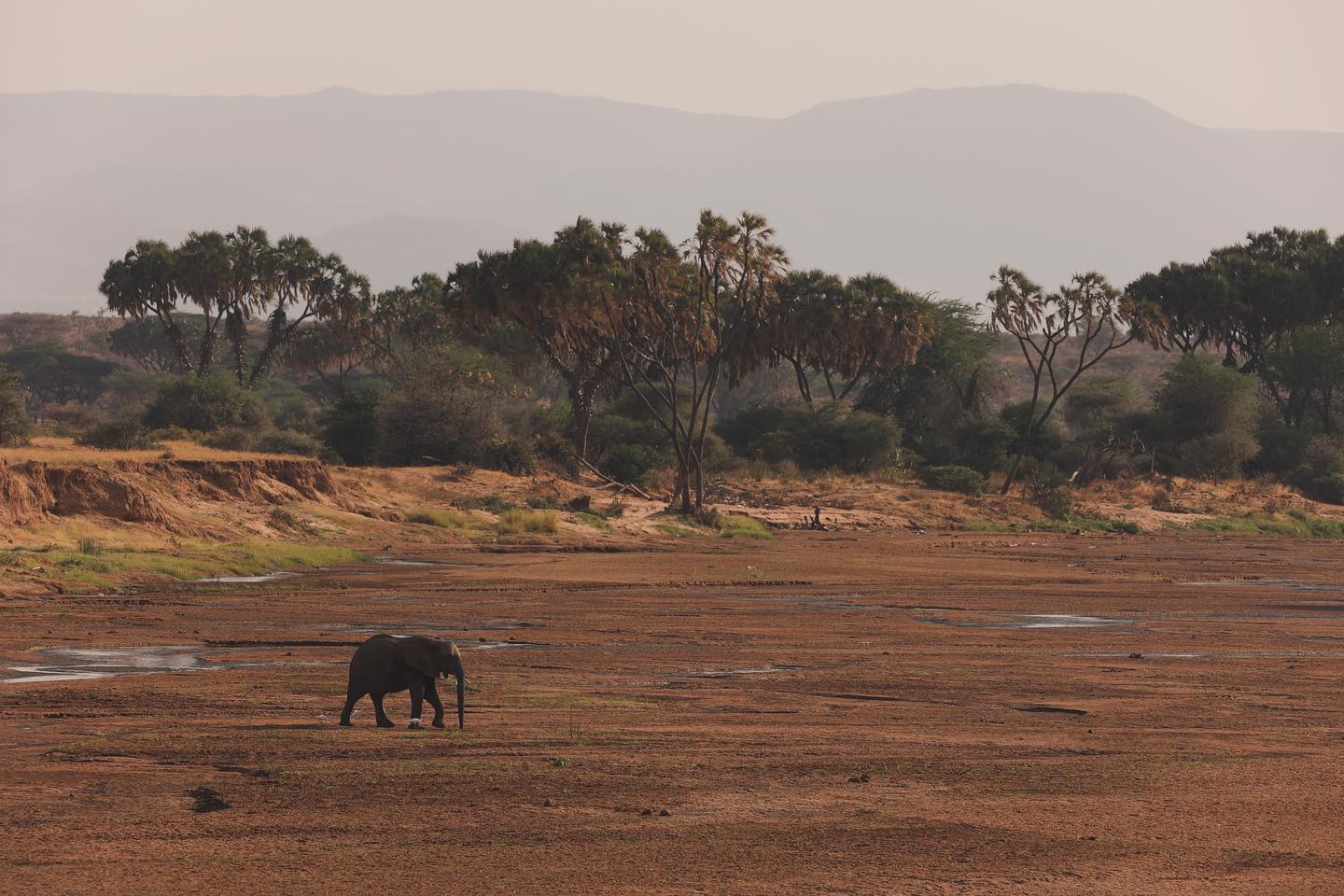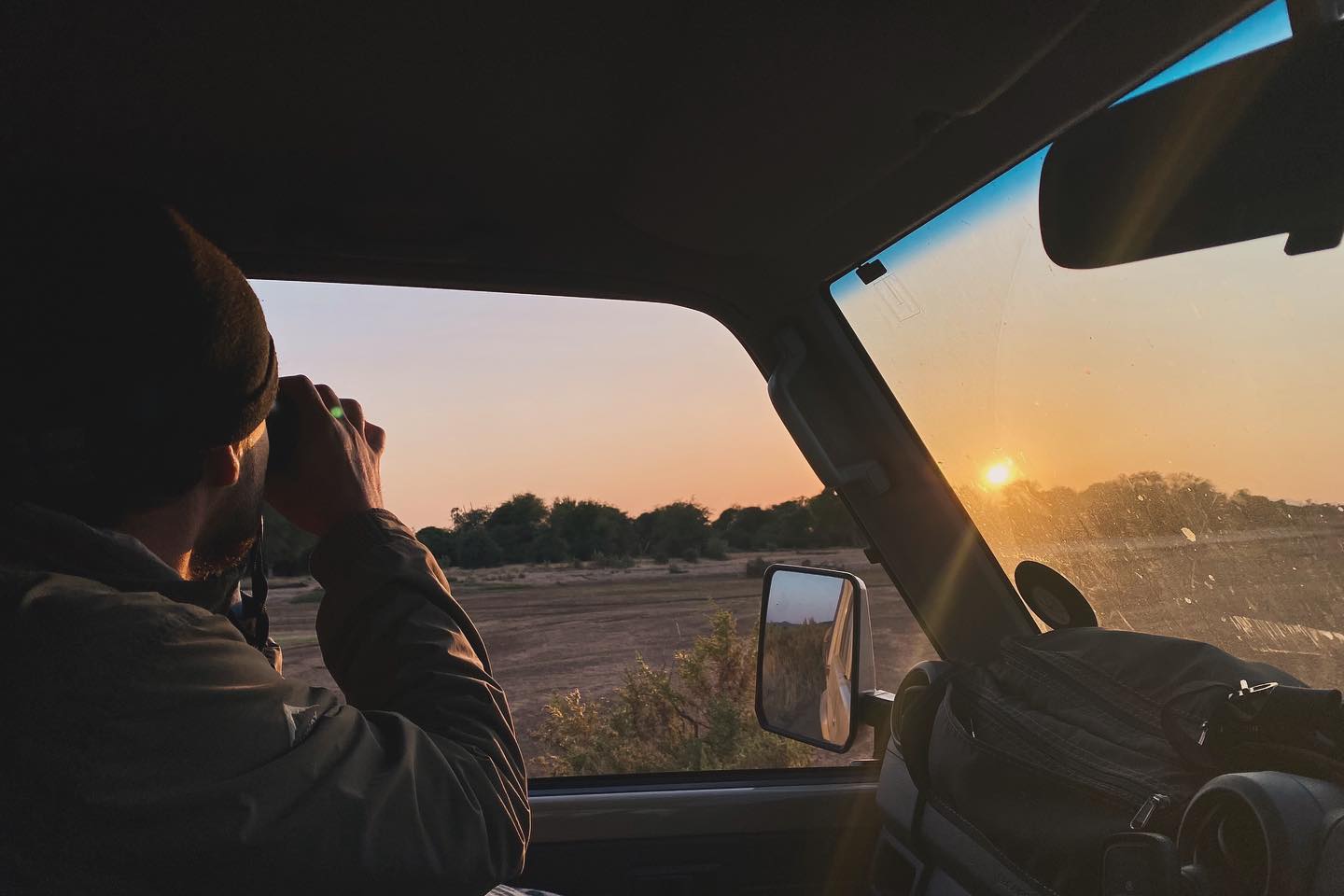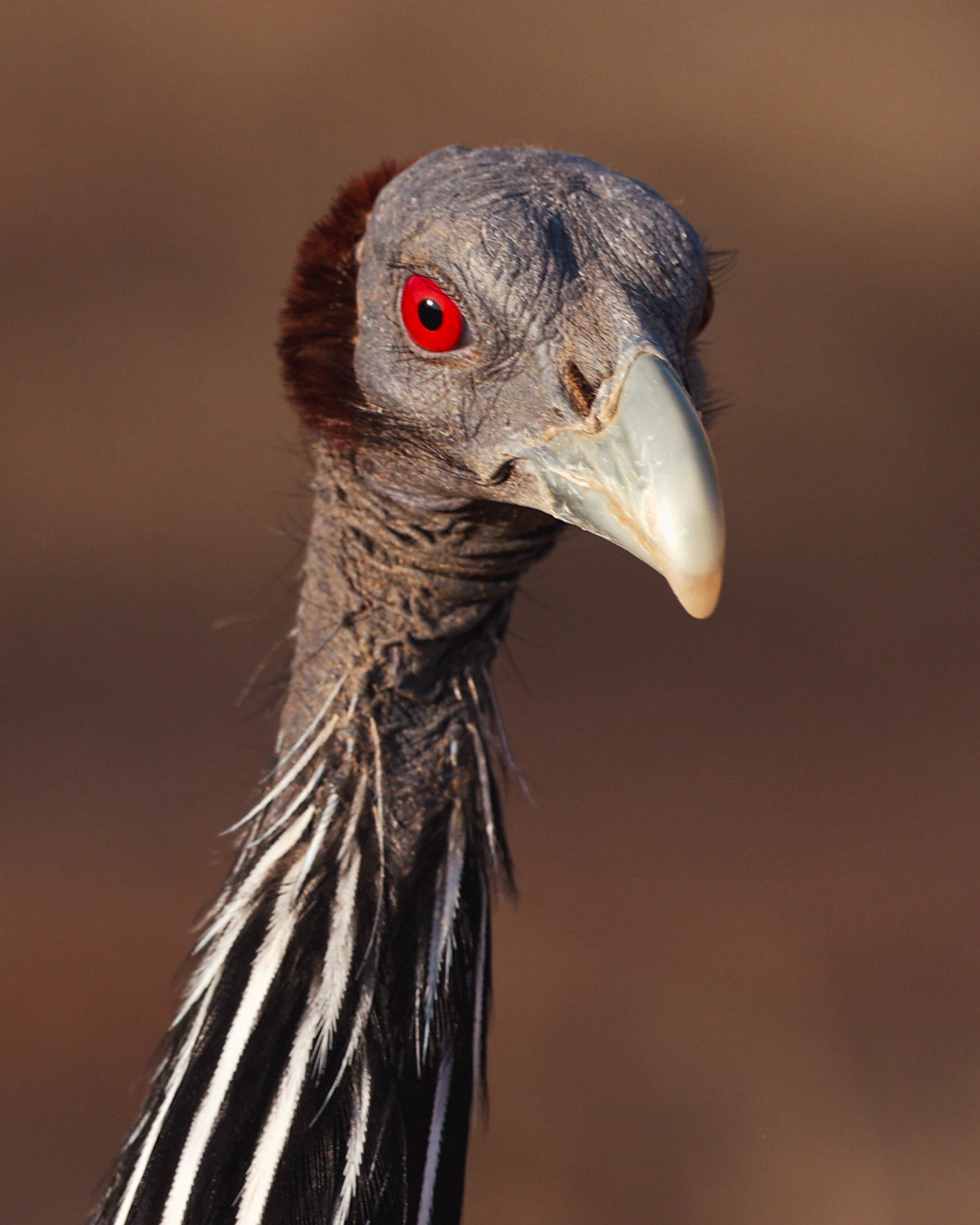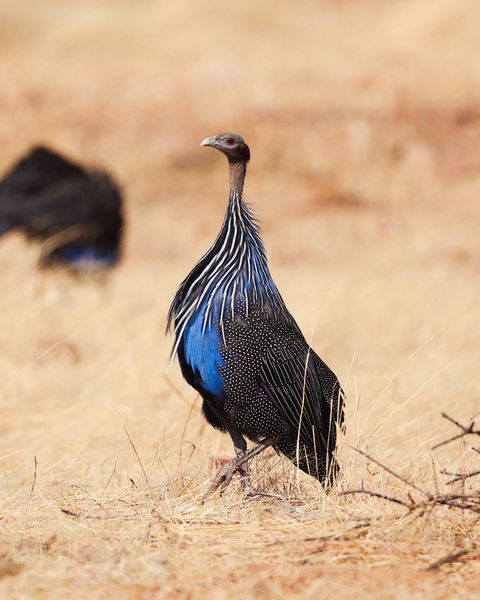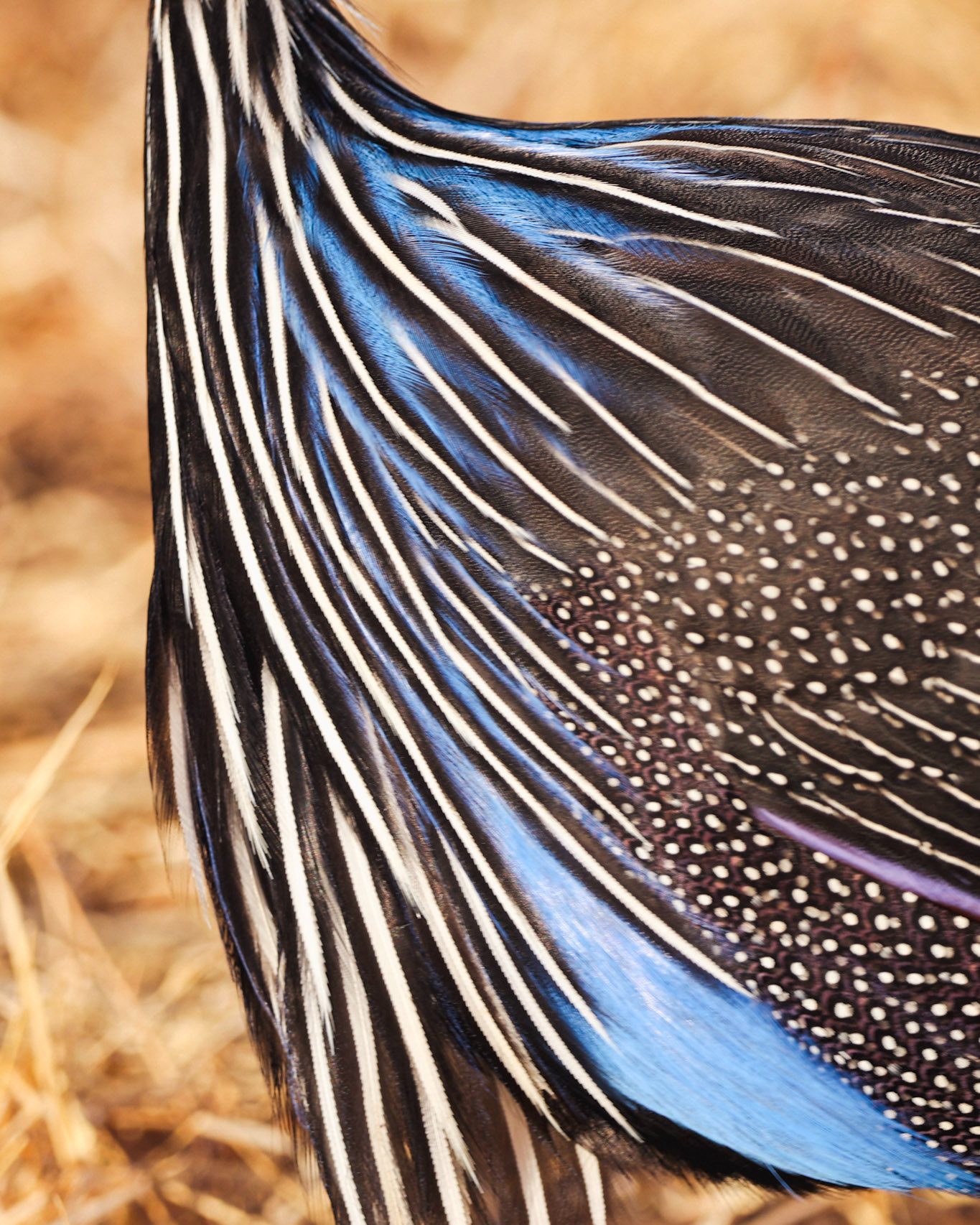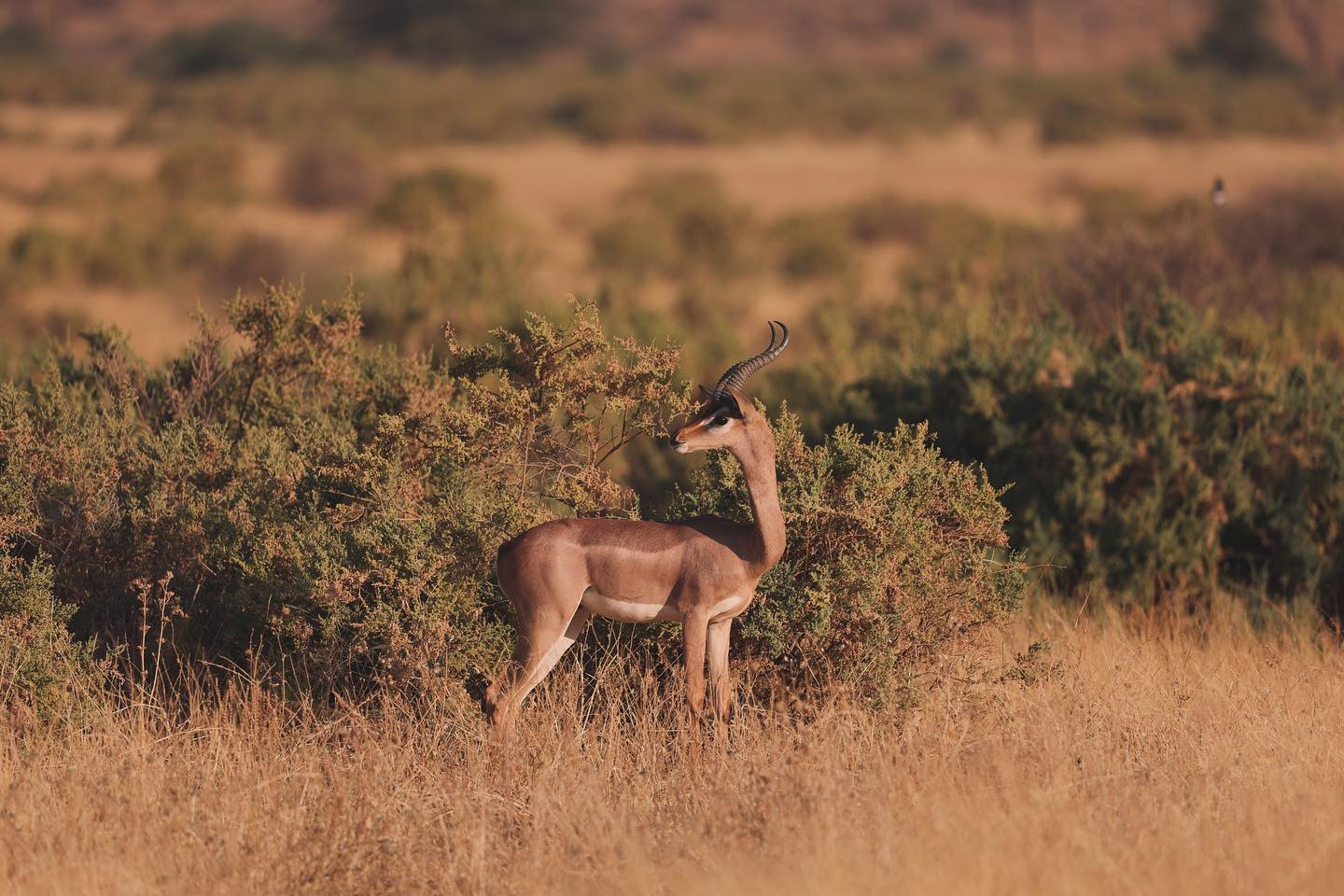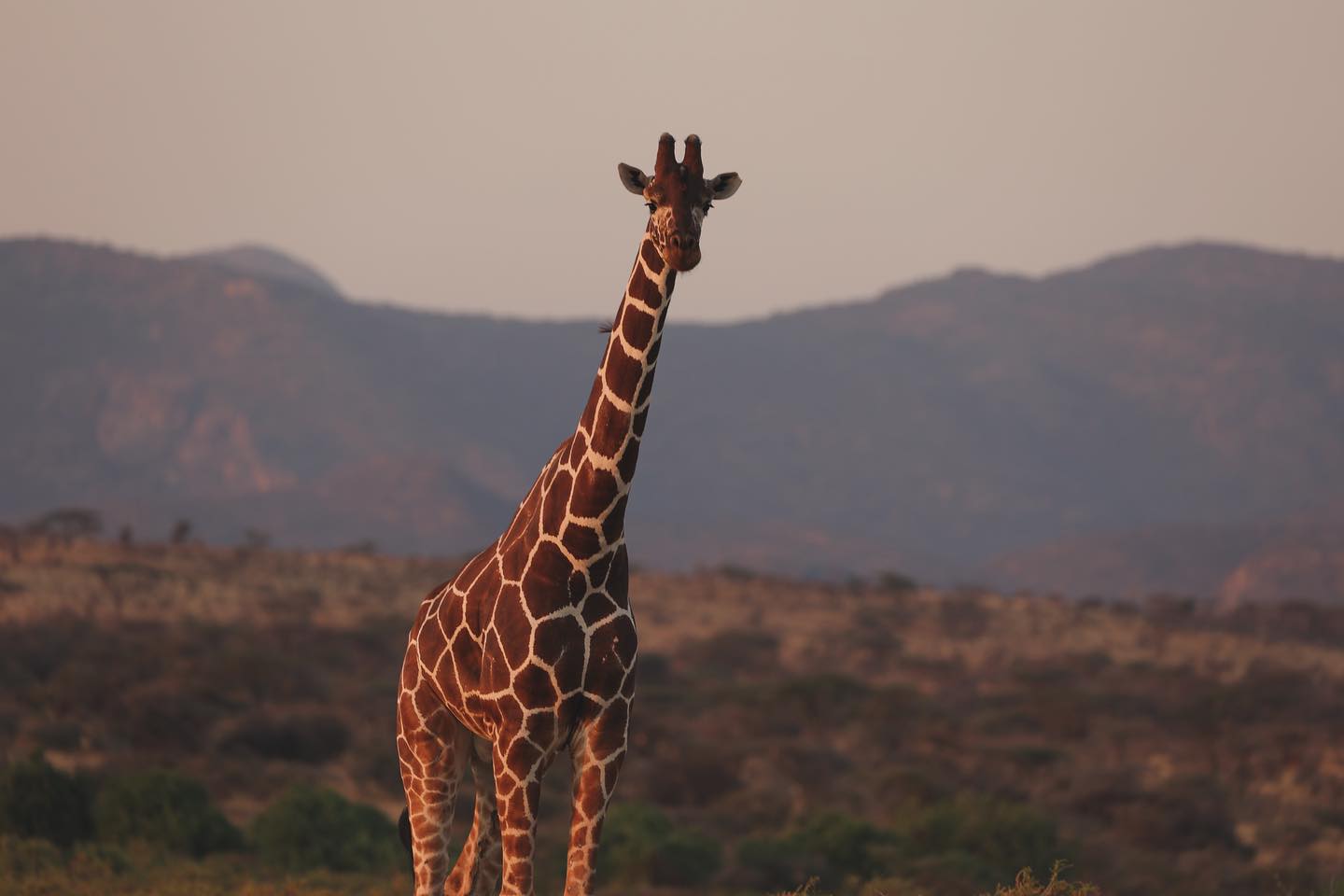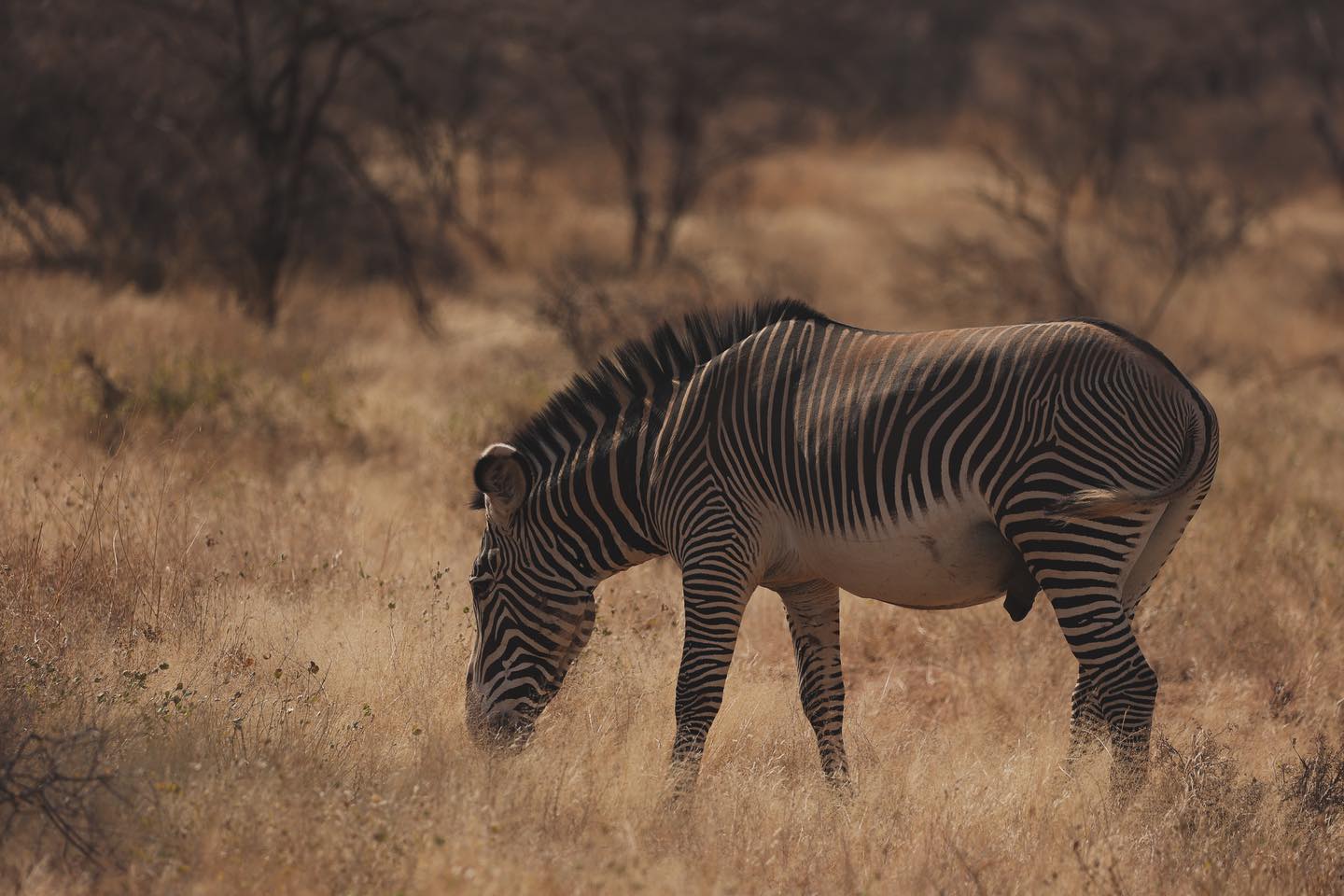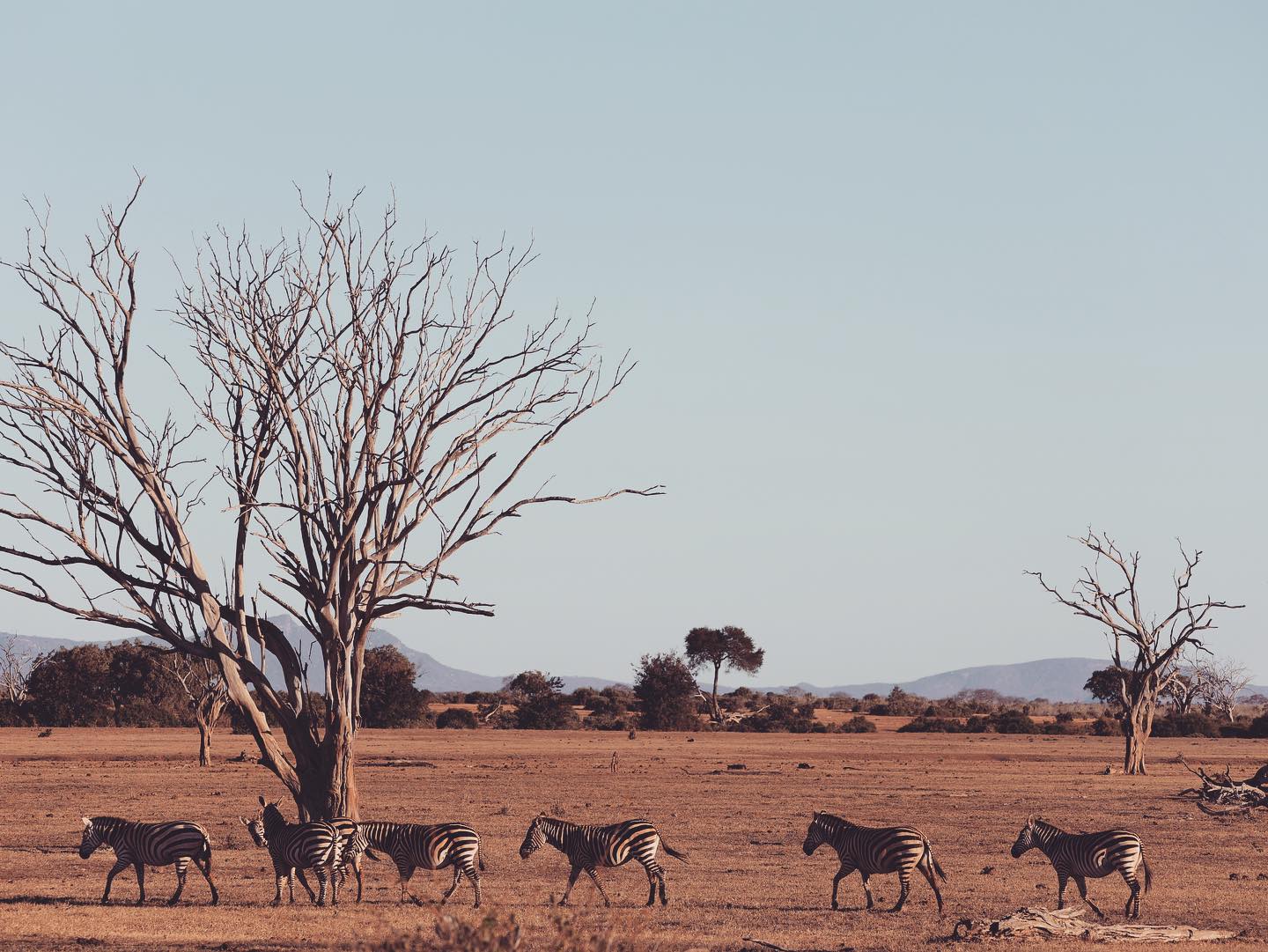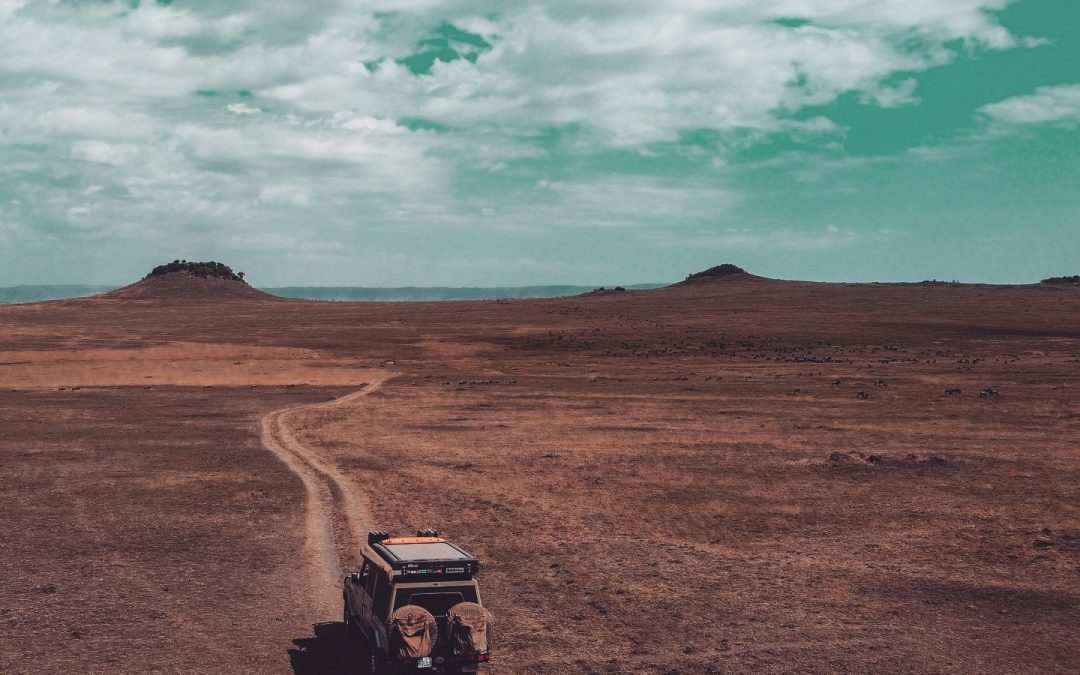
Mara Milestone Moments
We follow the tall and stately shape of an old Masai scout leading the way through fading light. As we reach a small clearing in the bush, a glowing camp fire welcomes us. The toothless but friendly scout drapes a red Shuka over each of our shoulders and offers us chilled sundowners. We are here tonight to relish a fancy bush dinner in celebration of Simoné’s 30th birthday, right on the escarpment overlooking the magnificent Masai Mara. As we gaze at the dying sun setting alight the endless valley below, we agree that this is decidedly touristy. But it is sometimes necessary to do said touristy things – you only live once after all. We also agree that this is indeed a mighty milestone. Not only is it a special birthday, but we have also reached a goal in visiting a destination we only ever dreamt of. Over dinner we reminisce over the momentous experiences of the past week or two in some of Kenya’s premier wildlife destinations, the Masai Mara and Amboseli.



Amboseli National Park is one of those places that most people have seen photos of, even though the park name might sound unfamiliar. Being on the border with Tanzania, the park likely offers the most classical views of Kilimanjaro – complete with elephants in the foreground. In fact, the ellies of Amboseli are legendary. Not only are some of the last remaining large tuskers in Africa found here, it is also where famous researcher Joyce Poole did her groundbreaking studies on the savannah elephant. Much of what science now commonly accepts about elephant behaviour and social structures, was first noted here – a true milestone for conservation.
We camped at Amboseli Eco Camp outside the park and got to meet the dusty steppe winds for which the Kenyan side of Kili is known for. Entering the park was a smooth process, with the kind folks from the Kenyan Wildlife Services (KWS) efficiently relieving you of your hard-saved dollars. The upside is that Kenya’s parks are much more rational about vehicle fees than their neighbours, so it is a less painful experience to the pocket. As with most East African parks, the main road turned out to be a washboard highway. However, the fun started once we got off it at the first available opportunity.



An incredibly scenic and compact wildlife sanctuary awaited us. Open plains where pot-belly lions bask in the morning sun and Masai giraffe journey in the background. Marshes where countless elephants wade waist-deep all day long to relish the juicy greens. Vast soda lakes where Flamingo flocks forage photogenically. We even saw a few rare critters such as an African civet and a serval, both systematically searching the fringes of the wetlands for some unlucky rodent.
Towards the end of the day, the ever-present clouds around the mountain lifted to briefly reveal the grand dame in all her splendour. This must surely be one of the places in the world where tourists seem more interested in selfies with a mountain than with the animals. But we must admit, it was difficult not to cue Toto’s factually-questionable-yet-immortal lyrics of Africa while driving around this spectacular part of the world. One for the books indeed!
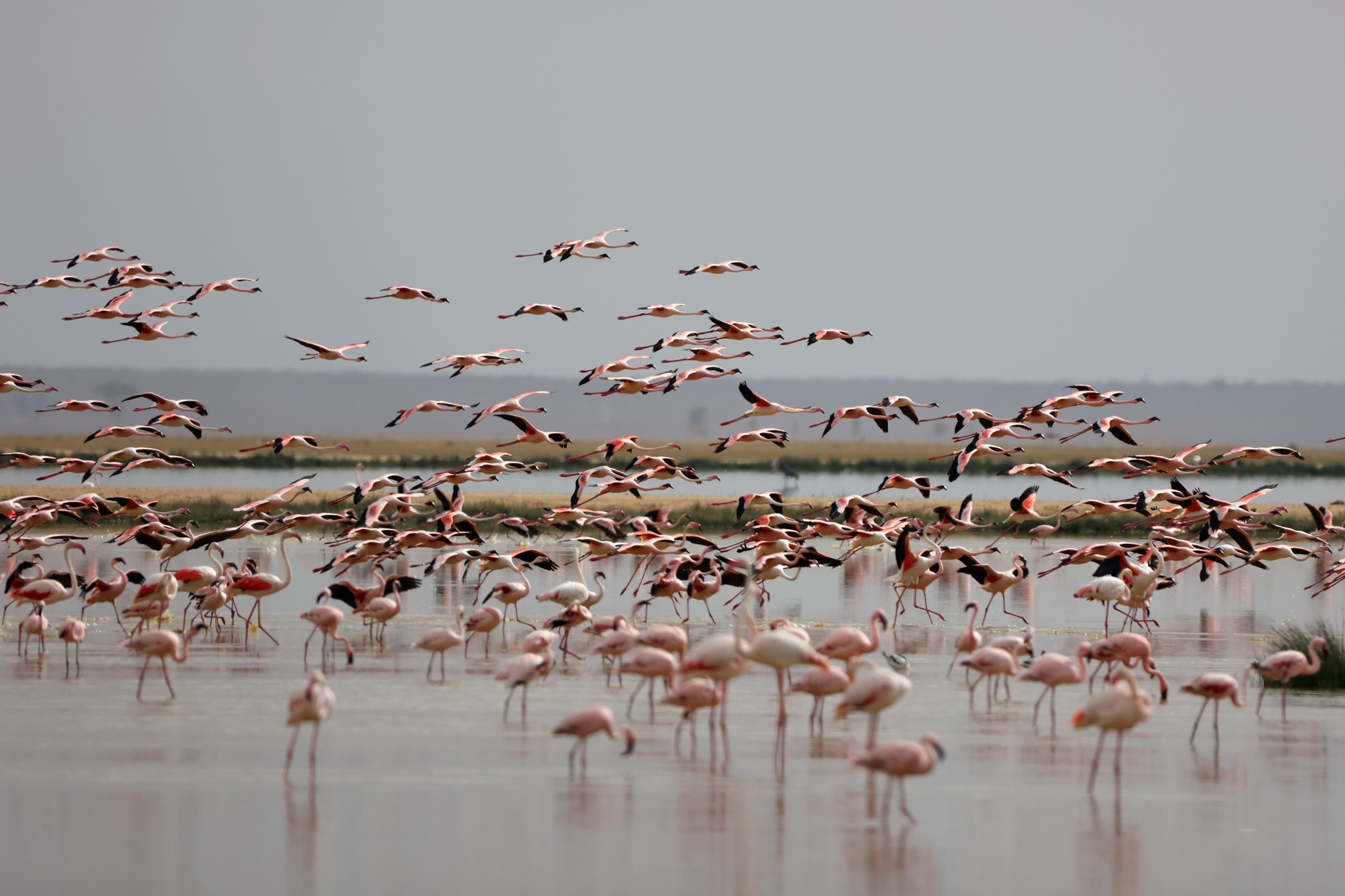
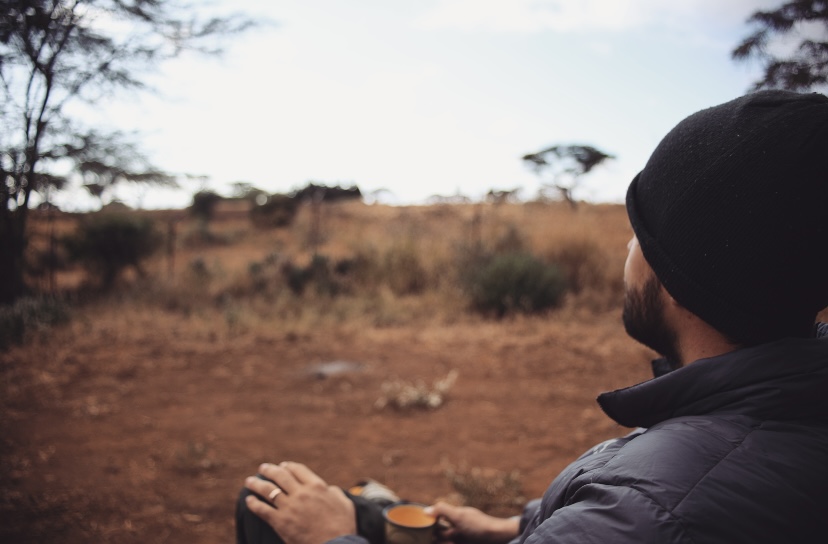

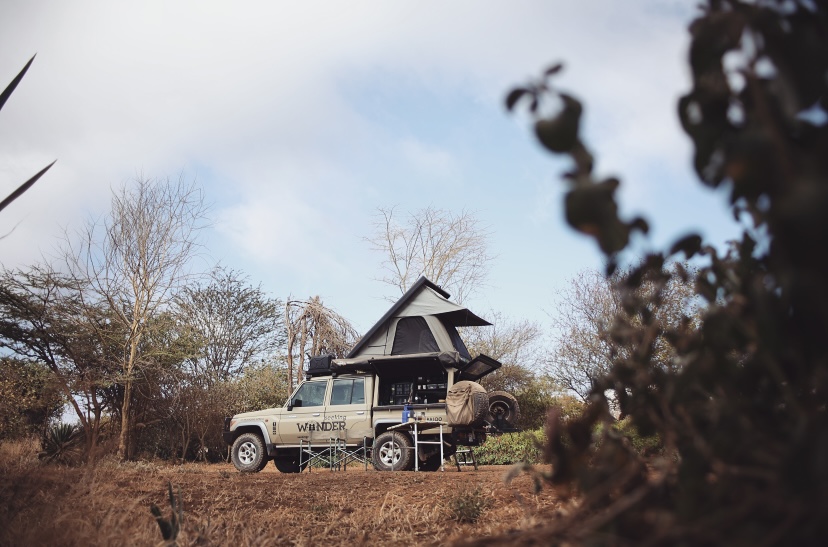
Magical Mara
The overland traveller should just accept that all roads do indeed go through Nairobi (sort of) and that there is no elegant circle route to visit all the famed wilderness areas of Kenya. Hence, after making our way via crazy Nairobi and Narok, we meandered all along the rift valley to find ourselves in one of the most celebrated conservancy areas in the world – the Masai (or Maasai) Mara. We entered early through the Sekenani gate and headed to the Mara river bridge to enter the so-called Mara Triangle. Slowly meandering along the river, we stopped to watch early-morning hippos, something that pairs well with sunrises and hot coffee.
Sharing a border with the Serengeti, comparisons are unavoidable yet unfair for each is spectacular in its own way. The landscapes in the south are similar to the Tanzanian side of the ecosystem, with vast grasslands dominating the surrounds. As we moved further along the river, volcanic outcrops and undulated hills started to appear, eventually terminating in a towering escarpment forming the natural northern boundary.

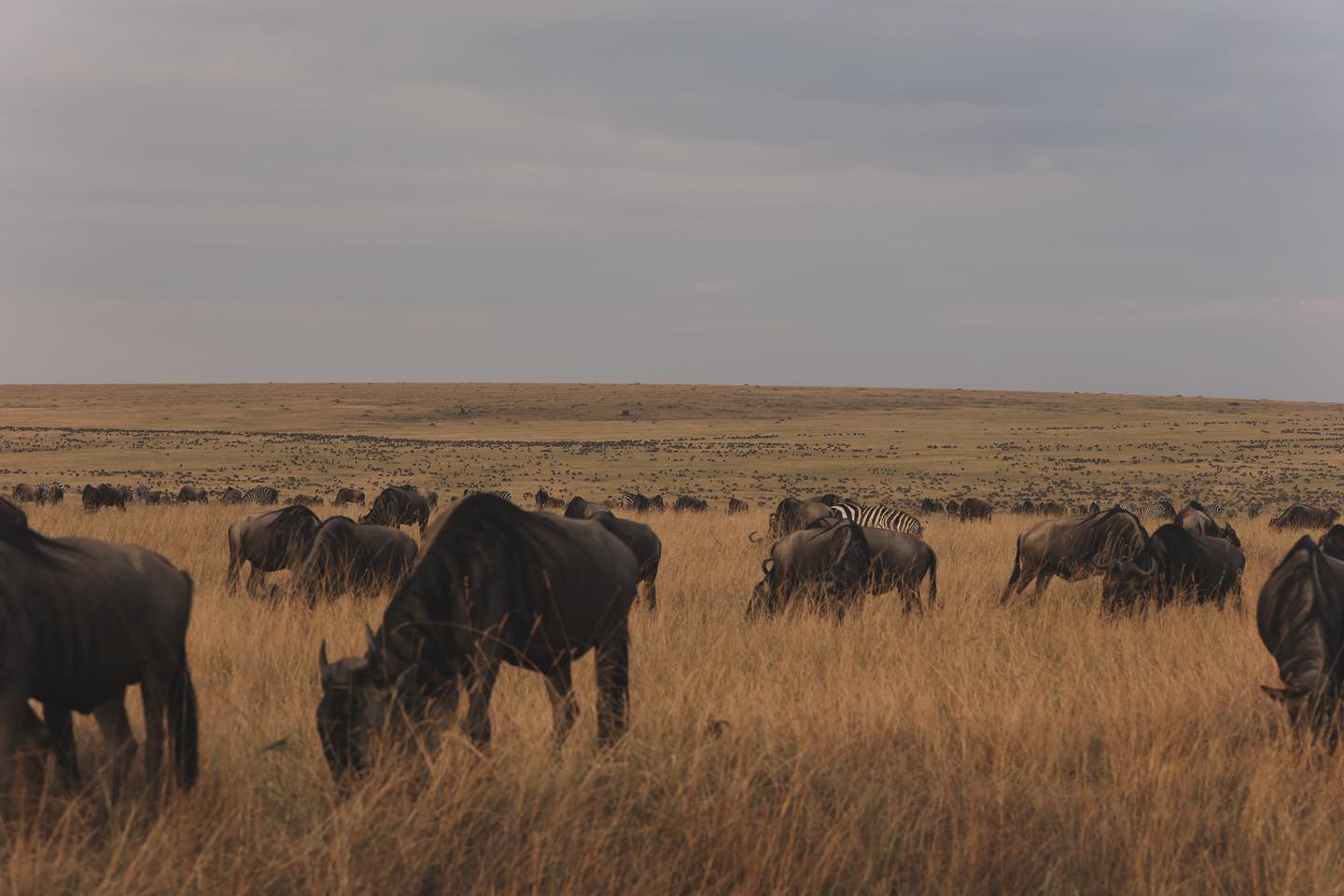

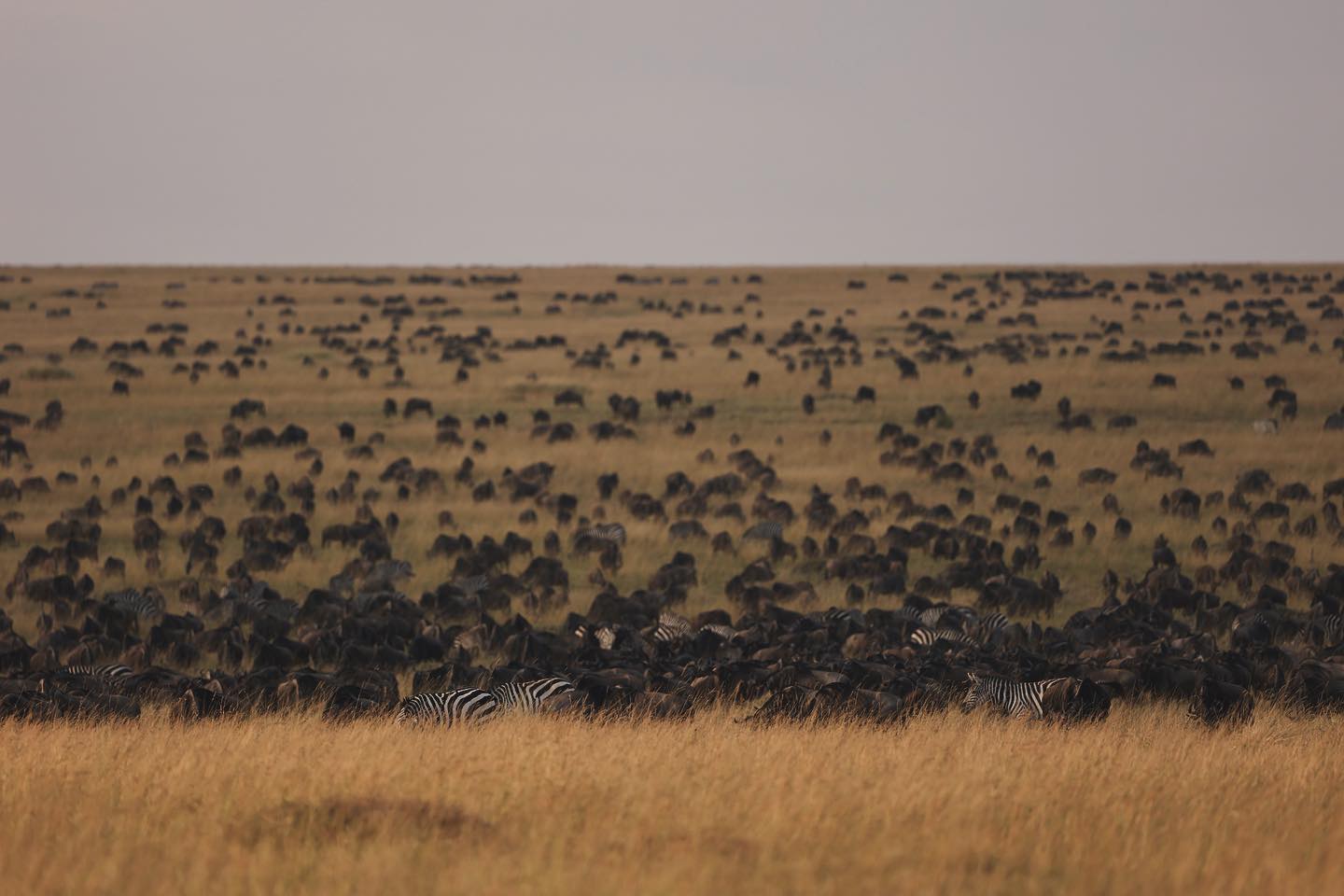
Wildlife encounters proved to be truly spectacular. Being late August, many of the famed blue wildebeest mega-herds were now concentrated here. Seeing the horizon and hills entirely filled with these animals, hearing their snorts and grunts from afar, and feeling the dusty earth vibrate as they move in their thousands is something no camera can capture faithfully. We missed out on seeing them cross the river, but judging by their content and knowing smiles, the local crocodiles did not.
Carnivores obviously have a good time here, simply picking off young or injured animals from the daily drive-thru menu. Half-eaten carcasses dotted the plains, indicating a saturated ecosystem where even the local Rüppel’s Vultures have that post-Christmas-dinner look. Just before sunset, we drove into a postcard when we met with two cheetah brothers scanning the horizon from a termite mound. After grooming and stretching, these healthy animals literally walked off into the sunset, possibly in search of moonlit prey, something Mara cheetahs specialise in.
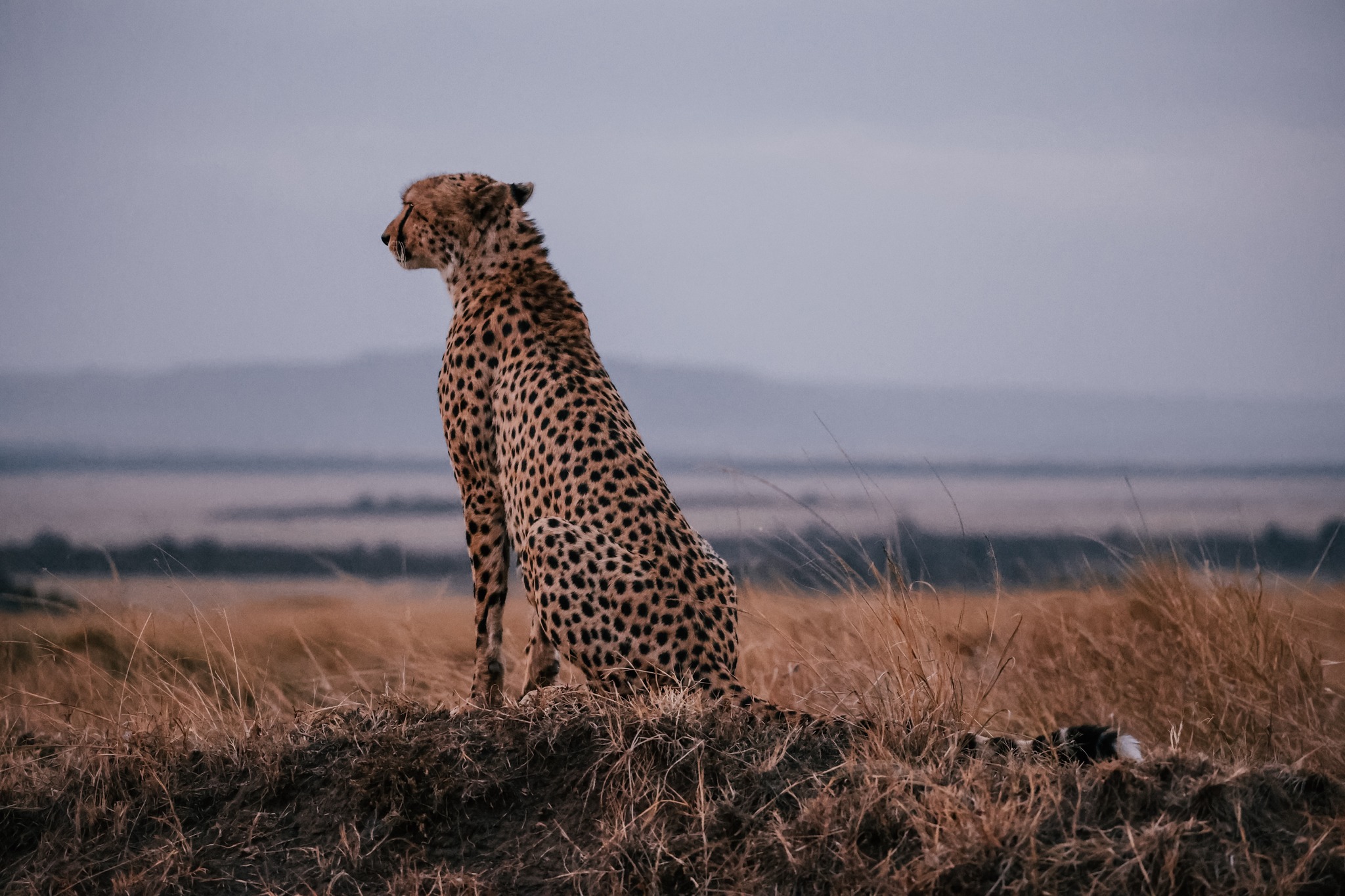
Camping at Eluai on a beautifully situated koppie, we watched a thunderstorm roll over the plains with ominous beauty and were serenaded by lions tormenting the herds in the valley below. Dawn was met by colourful hot air balloons serenely floating multitudes of tourists across the misty savannah. Parked under a lone sausage tree, surrounded by nothing but thousands of wildebeest and zebra, we later enjoyed what must surely rank as one of our all-time favourite lunch spots. After another blissful day in paradise, we exited at Olooloo gate to celebrate our milestones at Mara West camp with a dinner on the rift’s precipice.
As we talk about the wonders we seeked and found here, we decide that it is true that what you get by achieving your milestones is not as important as what you become by achieving your milestones (with apologies to Goethe). Both the Masai Mara and Amboseli will indeed provide ample photo opportunities and enable you to tick items off your bucket list. But perhaps it is rather the moments in between and a deepened appreciation and care for the creation, that give true magic to the miles.
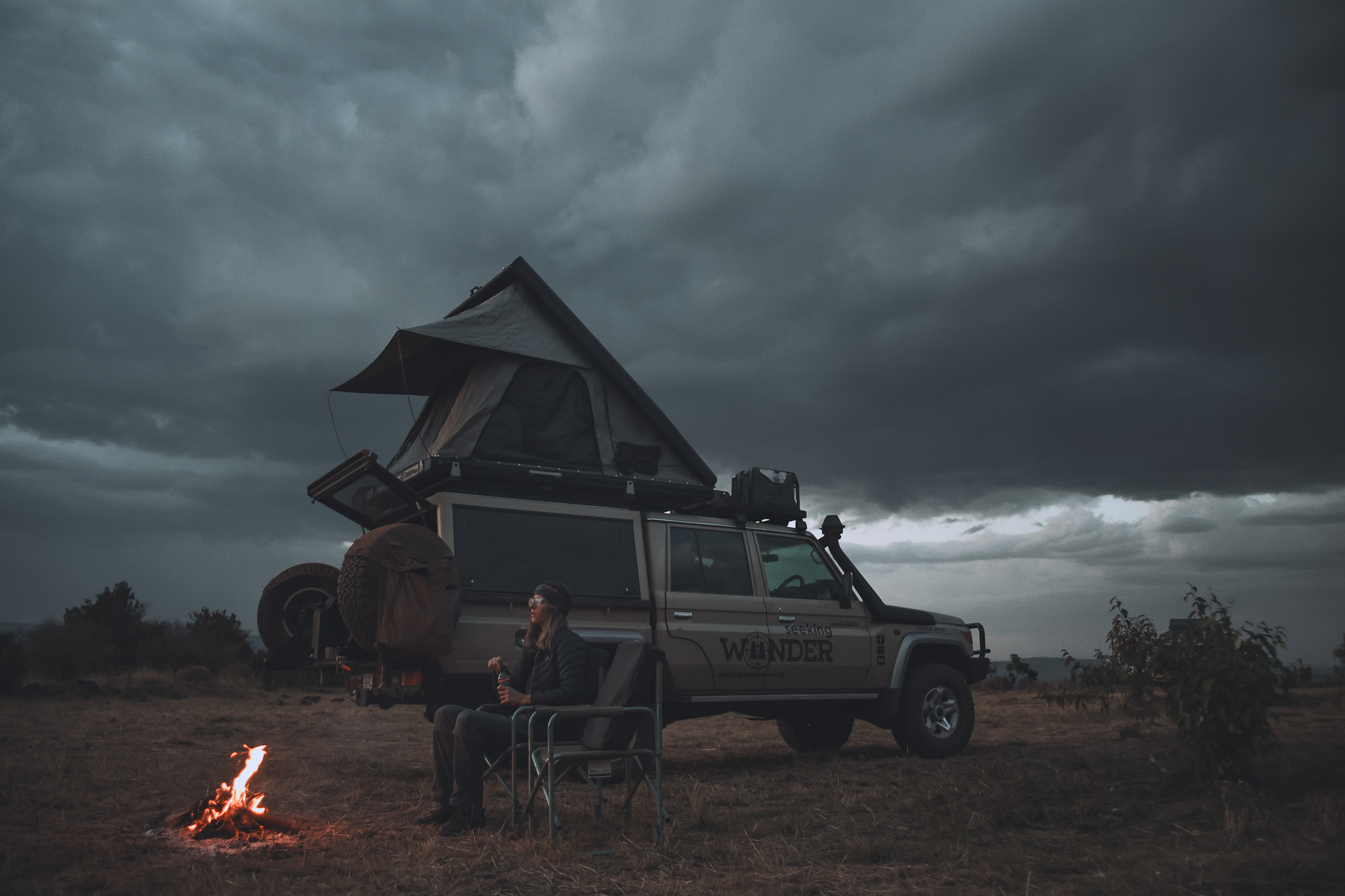
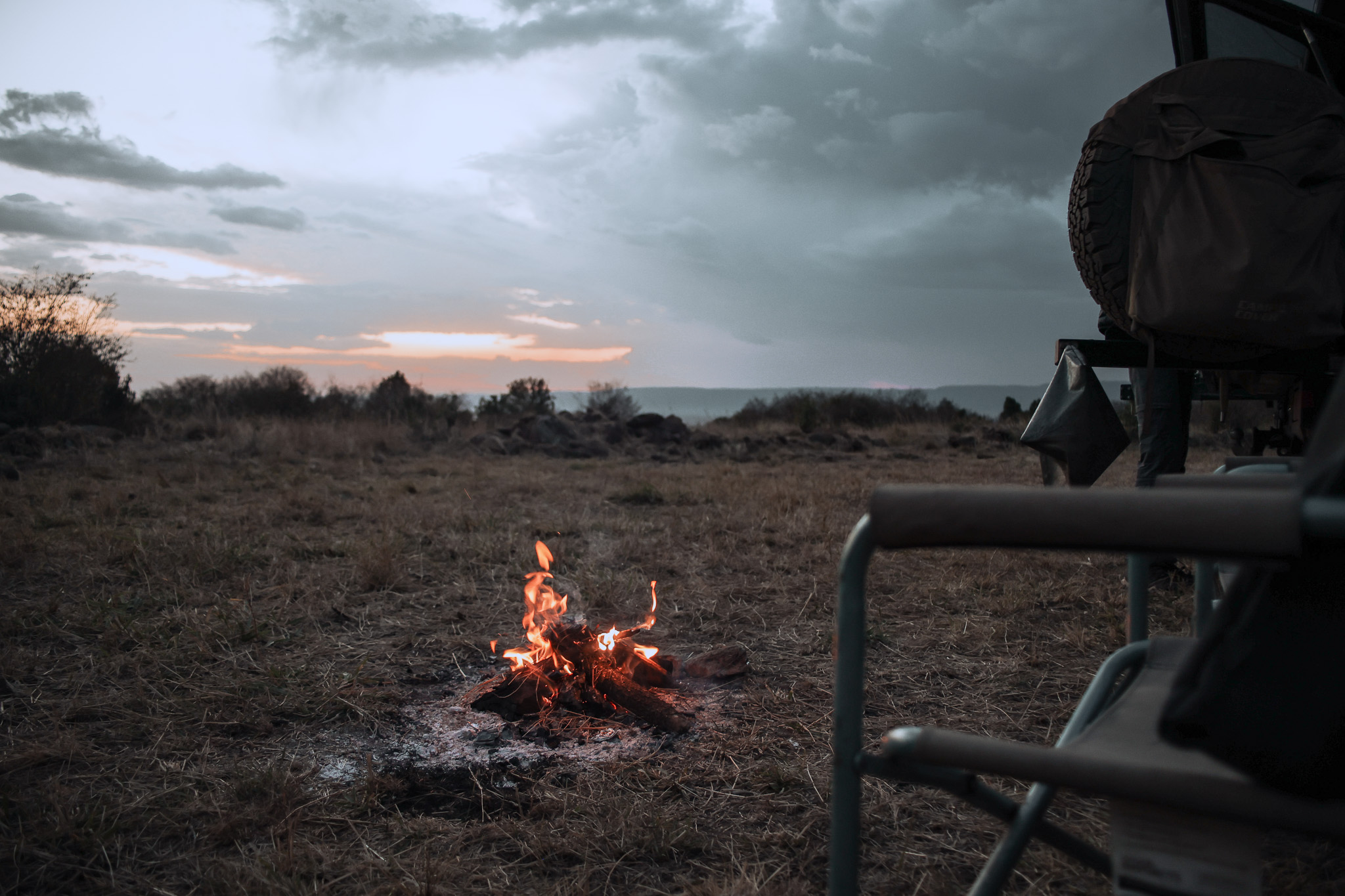
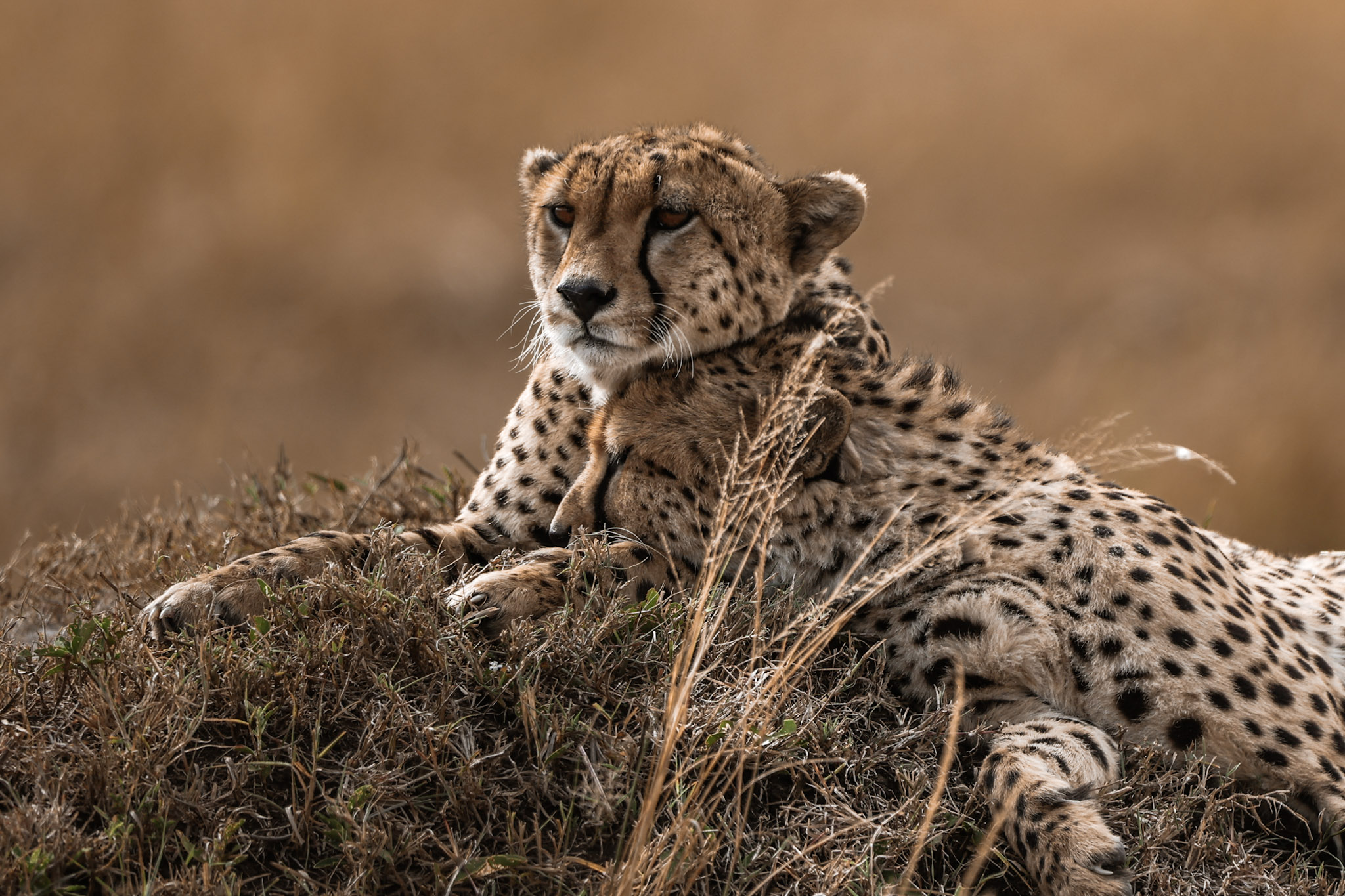
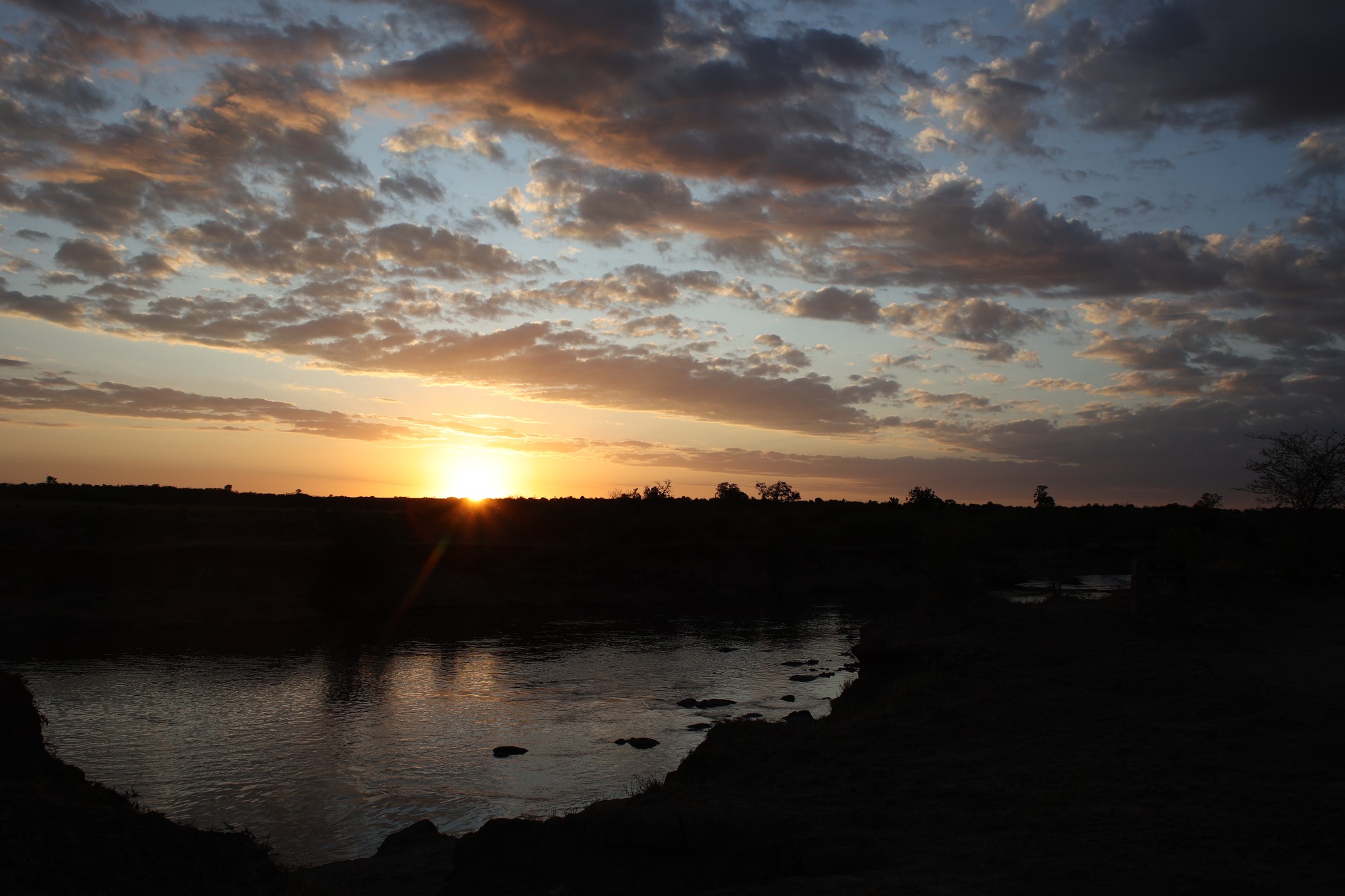
Some helpful trip tips:
-
- Masai Mara Basics
- You can either visit the Masai Mara National Reserve (East of the Mara river) or the Mara Triangle (West of the Mara river). Generally, the Mara Triangle has less safari vehicle traffic and enforces strict game viewing rules (a very good thing). They have a good website with latest tariffs payable at the gates: https://www.maratriangle.org/
- In the Triangle, your permit is only valid for a calendar day (irrespective of what time you enter). If you sleep over inside the park, it is valid until 10h00 the next morning.
- August – October is peak season and generally the time that you will most likely encounter migrating blue wildebeest herds.
- Potential Mara river crossings are big drawcards and many vehicles sit at common crossing points all day waiting for one. Unless you have many days in the park, rather explore the many other beautiful areas also.
- Amboseli National Park
- Book your park permits online the day before: https://kws.ecitizen.go.ke/
- KWS recently increased their park fees for international visitors, but the good news for South Africans is they reduced it for all African citizens.
- Amboseli sees many day visitors and safari vehicles, all wanting photos of elephants in front of Kilimanjaro. Avoid the main (corrugated) road and take a packed car lunch to avoid the (only) picnic spot.
- One day is enough to cover the entire park’s road network. However, Kilimanjaro is behind clouds more often than not. If this is important to you, allow a few days to give yourself a good chance of seeing her in her full glory!
- Campsites
- Mara Triangle:
- Oseki Maasai Mara Camp just outside the Sekenani gate is well worth a stop before entering the park.
- Eluai public campsite inside the triangle is spectacular and usually quiet – no need to pre-book it.
- Mara West lodge just outside the Olooloo gate is not cheap, but the view is worth it.
- Amboseli NP:
- We enjoyed the rustic Amboseli Eco Camp about 30 km outside the park.

